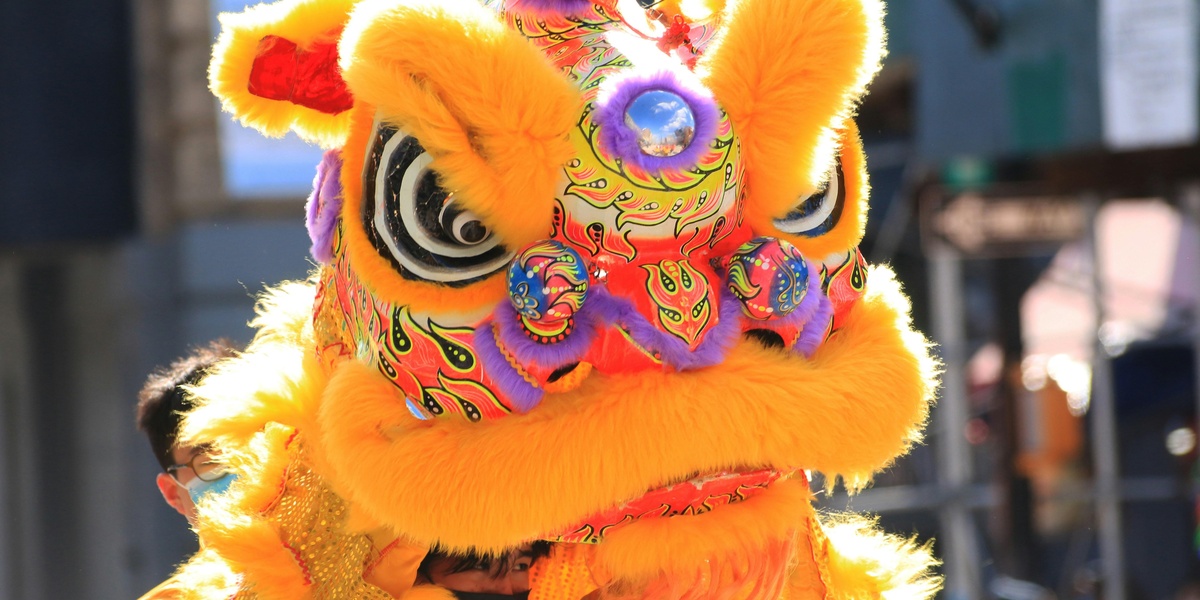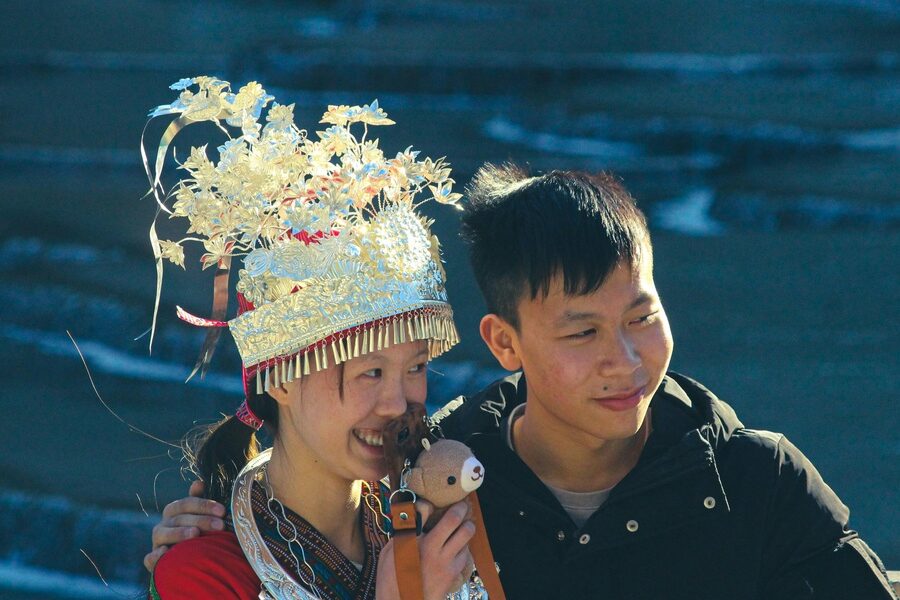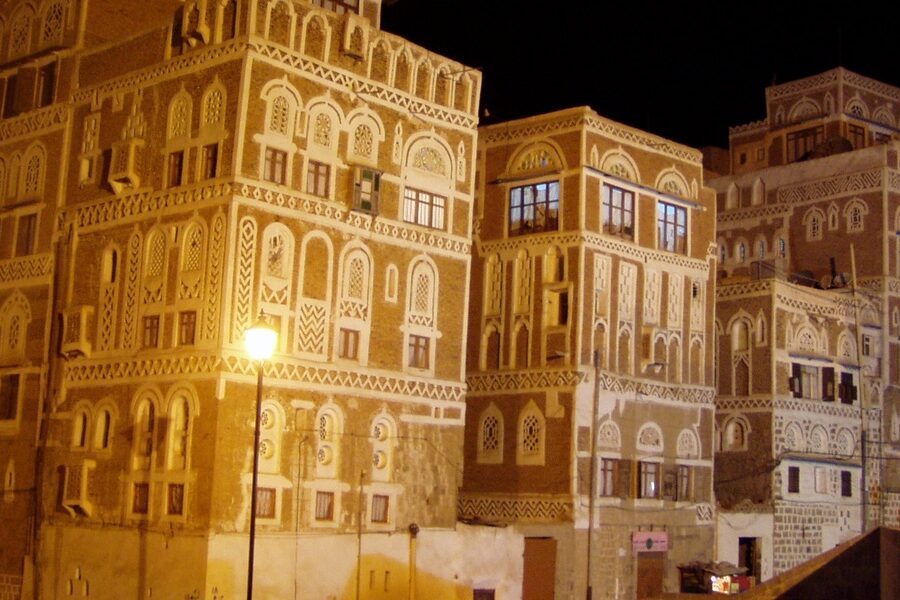Singapore’s multi-religious streets come alive every year: Chinese lion dances rattle through Chinatown, the Geylang Serai bazaar hums during Hari Raya, and Little India’s Deepavali lights draw crowds—these rituals grew alongside the nation since independence in 1965.
Traditions matter here because they bind people across language and faith, keep cultural knowledge alive, and help shape a distinct national identity that visitors notice immediately. They also support local economies: festival seasons boost retail, bazaars create livelihoods, and heritage sites draw tourists.
These ten traditions — festivals, food practices, and civic observances — reveal how Singapore’s multicultural identity is maintained, negotiated, and celebrated in daily life. The article is grouped into three parts: festivals and multi-faith celebrations; food, family and everyday customs; and civic and public traditions.
Cultural and Festival Traditions
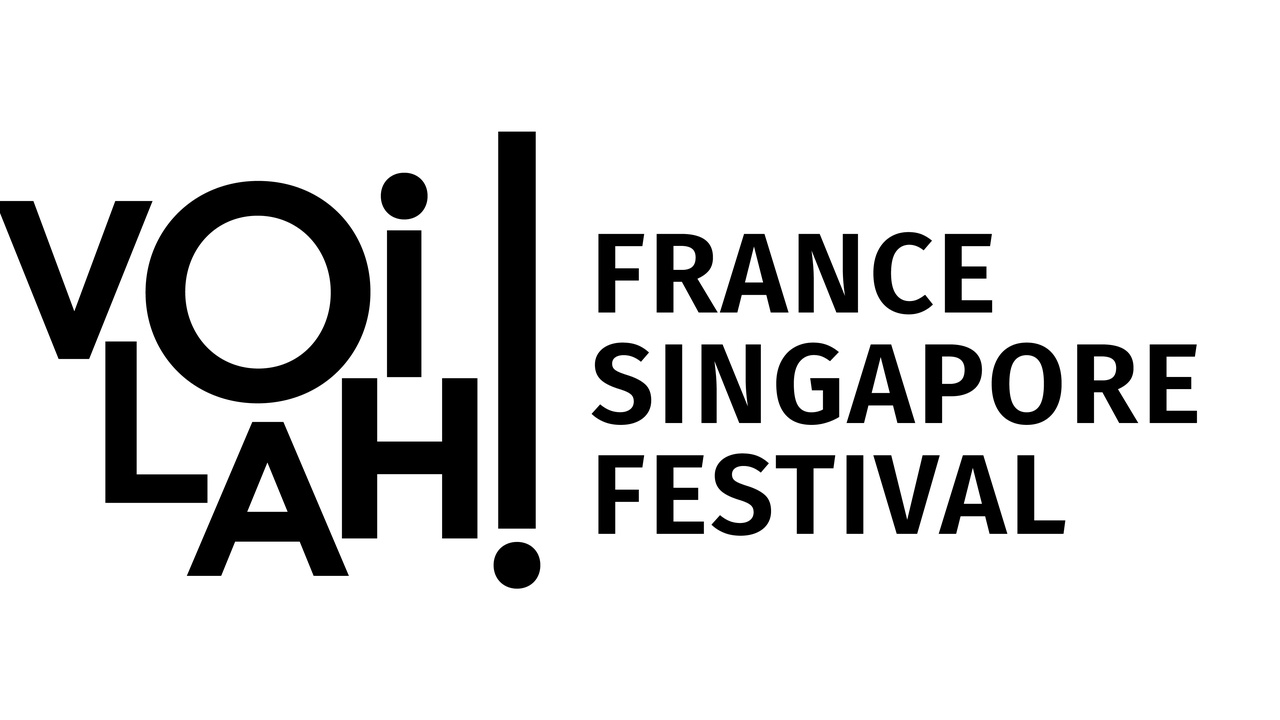
Singapore recognises multiple faith-based public holidays and celebrates a crowded calendar of cultural events, reflecting four official languages and a deliberately inclusive public-holiday policy. Festivals bring neighbours together, sustain small businesses, and create opportunities for cross-cultural exchange.
These communal moments have roots in daily neighbourhood life as well as national policy, and they act as anchors for community identity (remember that Singapore became independent in 1965). Below are four festivals you’ll see play out across the island.
1. Chinese New Year (Lunar New Year) — family reunions and lion dances
Chinese New Year centers on reunion dinners, red packets (hongbao), and public lion and dragon dances that mark endings and fresh starts. The festival follows the lunar calendar and usually falls in January–February, triggering a nationwide rhythm of travel and socialising.
Neighborhoods like Chinatown light up with street decorations and bazaars; Marina Bay hosts large public events and cultural shows some years. Retail sales and travel bookings typically spike around this period as families plan visits and offices stagger leave.
Workplaces and schools often adjust schedules, and many families treat the reunion dinner as the emotional core of the celebration — a moment where generations gather around a single table to mark the new year.
2. Hari Raya Puasa (Eid al-Fitr) — mosques, bazaars, and open-house hospitality
Hari Raya Puasa marks the end of Ramadan with congregational prayers, communal feasting, and a culture of open houses where friends and neighbours are invited to celebrate together. The date varies by lunar sighting, but the spirit of hospitality is steady.
Sultan Mosque draws large congregations for Eid prayers, while the Geylang Serai Hari Raya bazaar becomes a focal point for shopping and food. Stalls sell traditional kuih, songket textiles, and festive décor that local families and visitors buy in the weeks beforehand.
Open-house visits often cross ethnic lines — non-Muslim colleagues and friends are commonly invited — and community charities organise donation drives during the season, amplifying the festival’s social support role.
3. Deepavali (Diwali) — lights, Little India, and cultural pageantry
Deepavali is the Hindu festival of lights, visually centred in Little India where street light-ups, temple prayers and processions create a festive corridor of colour and sound. Oil lamp lighting and ritual offerings are common practices in temples such as Sri Srinivasa Perumal.
Retail activity rises as bazaars fill with sarees, jewellery, sweets and decorative items. The official Deepavali light-up in Little India attracts shoppers and tourists alike, and many community groups organise cultural performances around the same time.
Beyond the tourism bump, Deepavali encourages cross-cultural attendance; you’ll often see people of different backgrounds experiencing the street ceremonies and trying festive foods.
4. Vesak Day — Buddhist observances and public rituals
Vesak Day commemorates the Buddha’s birth, enlightenment and passing, and is observed with temple ceremonies, lantern displays and acts of charity. Temples such as Kong Meng San Phor Kark See Monastery host special rituals and community meals.
Many Buddhists engage in almsgiving and support temple-led charity drives; eateries often offer vegetarian options around the day to accommodate observant visitors. Vesak Day is observed publicly each year and draws higher-than-usual temple attendance.
The festival combines solemn temple rites with visible public generosity, reinforcing both spiritual practice and community support networks.
Food, Family and Everyday Traditions
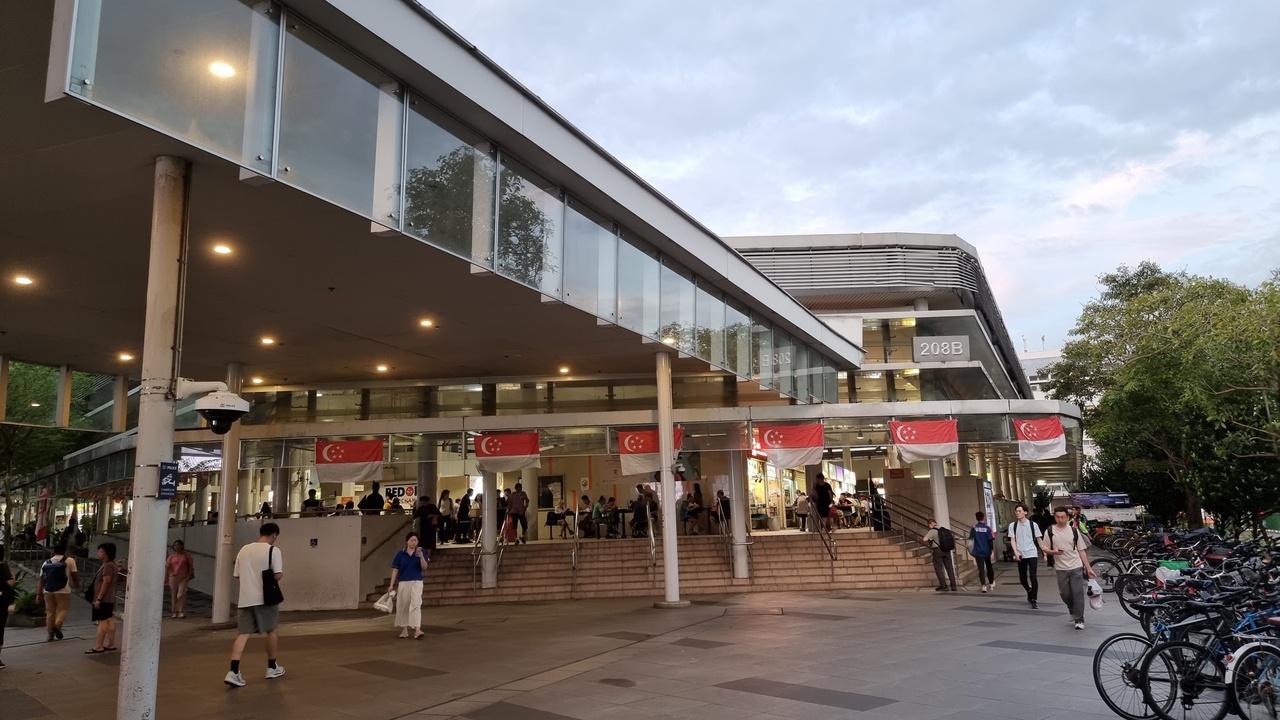
Food and daily rituals are where Singapore’s cultures intersect most visibly. Hawker centres act as communal dining rooms, kopitiams anchor morning routines, and special dishes show up at festivals and family gatherings.
Hawker culture was inscribed on the UNESCO Representative List in 2020, a recognition that highlights how daily eating habits preserve culinary knowledge and provide affordable livelihoods. Below are three everyday food traditions that shape communal life.
5. Hawker culture and communal eating — daily rituals at hawker centres
Hawker centres are everyday cultural institutions where people from all walks of life eat together. The UNESCO Representative List inscription in 2020 acknowledged how these markets sustain craftsmanship, social interaction, and community identity.
Famous venues such as Maxwell Food Centre, Lau Pa Sat and Newton Food Centre serve thousands daily, offering Chinese, Malay, Indian and Peranakan dishes at modest prices. The variety and affordability make hawker centres a social equaliser.
They’re also places of cross-cultural discovery: a student might order char kway teow next to an office worker having prata, while tourists sample chilli crab. For many Singaporeans, a regular hawker run is part practical, part social ritual.
6. Yusheng (Lo Hei) — prosperity toss during Chinese New Year
Yusheng is a raw fish salad associated with the Lunar New Year, with each ingredient carrying symbolic meaning: raw fish for abundance, shredded vegetables for prosperity, and plum sauce for good fortune.
The ritual of lo hei involves everyone at the table using chopsticks to toss the salad as high as possible while calling out auspicious phrases. Hotels, restaurants and Chinatown stalls offer special Yusheng sets during CNY, and many offices hold noisy, cheerful lo hei gatherings for team bonding.
It’s part ritual, part performance — and in practice it’s a lively way to share hopes for the new year across generations and social groups.
7. Kopitiam and kopi culture — morning coffee, kaya toast, and social routines
Kopitiams are neighbourhood coffee shops where people gather for morning kopi and kaya toast. Ordering shorthand like “kopi o” (black coffee) or “kopi si” (coffee with evaporated milk) is part of the local vernacular.
Traditional stalls coexist with modern cafés that put a twist on kopi. The breakfast rush is a daily rhythm: retirees, office workers and students meet over small tables, exchange news, and start the day together.
That routine helps sustain intergenerational contact; grandparents bring grandchildren, colleagues meet for quick catch-ups, and the simple comfort food — kaya toast and soft-boiled eggs — keeps it familiar.
Civic and Public Traditions
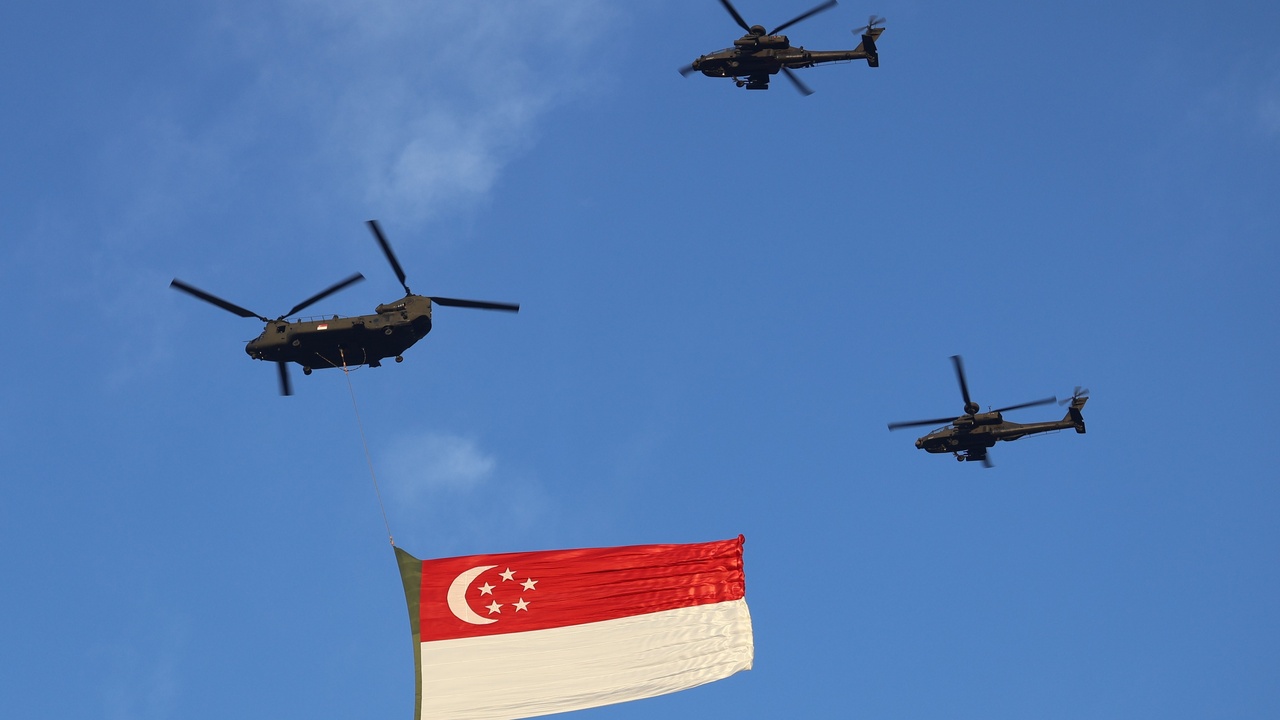
Civic rituals convey a shared sense of nationhood. National Day on 9 August is a central public moment, and street spectacles like Chingay — which began in 1973 — showcase unity through performance and spectacle.
These events involve schools, community groups and veterans, and they reinforce a common civic story while making space for multicultural expression. Below are three civic traditions that play out across the island.
8. National Day Parade (9 August) — flags, songs, and mass participation
The National Day Parade on 9 August is Singapore’s annual civic ritual: flypasts, choreographed performances, fireworks and mass singalongs are typical, often staged against the Marina Bay skyline or in the National Stadium.
Participants include uniformed groups, school contingents and veterans, while the public watches live or via nationwide broadcasts. Community centres organise screenings and gatherings so neighbourhoods can share the moment even without parade tickets.
Families often turn it into a home event, with small flags, themed food and conversations about national memory — a repeated practice that helps transmit civic identity across generations.
9. Chingay Parade — street theatre that celebrates diversity
Chingay started in 1973 as an effort to revive public morale after restrictions on Chinese New Year fireworks and has since grown into a multicultural extravaganza of floats, giant puppets, dragon dances and international performers.
The parade emphasizes performance and inclusion, with community groups, volunteer troupes and overseas acts sharing the stage. Its colourful floats and street theatre draw tourists and local crowds alike.
Chingay’s evolution from a constrained celebration into a flagship multicultural showcase illustrates how civic events can be reimagined to unite people across ethnic lines.
10. Racial Harmony Day — remembering 1964 and teaching multicultural respect
Racial Harmony Day commemorates the 1964 race riots and is primarily observed through school programs that teach respect and understanding across ethnic communities. It’s an educational ritual meant to build resilient inter-ethnic relations.
Activities include themed assemblies, food-tasting sessions, and classroom projects where students explore cultural practices. Schools use the day to normalise inter-ethnic interaction and discuss the value of mutual respect.
The tradition works as a preventative civic practice: by embedding multicultural lessons early, institutions help maintain social cohesion in everyday life.
Summary
Singapore’s life is organised around rituals large and small: religious festivals that light up neighbourhoods, everyday eating habits that keep communities talking, and civic events that remind citizens of a shared past and future. These traditions operate at different scales yet often overlap in the same places — hawker centres, Little India, Geylang Serai and Marina Bay — creating a layered cultural landscape.
- Hawker culture received UNESCO recognition in 2020, highlighting how daily food practices preserve heritage and livelihoods.
- National unity rituals are anchored by clear dates: National Day on 9 August and Chingay’s rebirth after 1973 remain civic touchstones.
- Festivals and everyday customs both encourage cross-cultural exchange — from open-house Hari Raya visits to shared kopi habits at kopitiams.
- Educational traditions like Racial Harmony Day (recalling 1964) show how institutions teach respect as a daily practice.
If you plan to witness or join any of these practices, do so with curiosity and respect: observe dress codes at places of worship, accept hospitality graciously, and ask before photographing people. Experiencing these traditions up close is one of the best ways to understand what makes modern Singapore both plural and cohesive.

